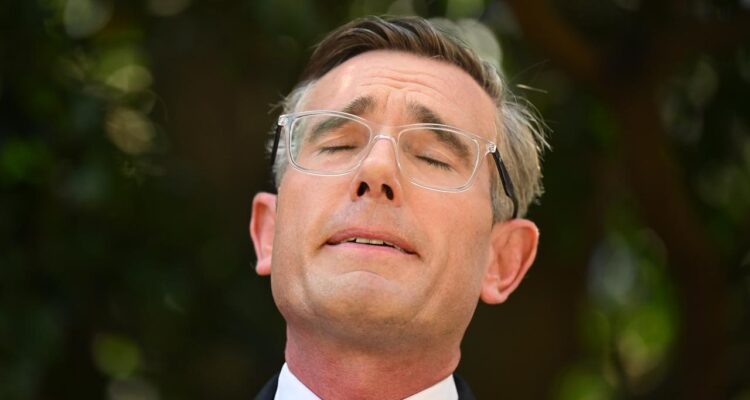In Berlin there is a remarkable museum dedicated to the victims of Nazi oppression, including the Germans themselves. It is called the Topography of Terror and is located on Niederkirchnerstrasse, formerly Prinz-Albrecht-Strasse. It was once notorious as the site of Gestapo headquarters, and was a place of horror, torture and murder.
A single visit to the Topography of Terror, or perhaps to Yad Vashem in Jerusalem, or indeed the Sydney Holocaust Museum, which commemorate the millions sent to their deaths by Adolf Hitler’s regime, is enough to convince any reasonable person that putting on a Nazi uniform is a repugnant step to take.
Premier Dominic Perrottet, like Prince Harry some years before, no doubt wishes he had never donned Nazi garb. The Premier’s apology seems heartfelt and may be so taken, as NSW Opposition Leader Chris Minns has already accepted. But the issue that remains overall is the thorough vetting of political candidates for public office.
Undeclared things come out of the past to haunt candidates and bedevil parties. A recent example in the US is overwhelming proof of the need not only for candidate honesty, but also sharper rigour in political vetting.
George Santos was elected to congress as the Republican candidate for New York’s Third District. It was a contestable seat and the Republican win added strength to Kevin McCarthy’s agonising quest to become Speaker of the US House of Representatives. This is primarily why McCarthy and the Republican Conference in Washington DC are standing by Santos as the extent of his deceit unravels daily.
True, Santos will have to appear before the Ethics Committee of the House and explain himself. However, a Republican majority may simply conclude that while Santos did the wrong thing, it is up to his constituency to pass judgment in two years’ time.
Read the article by Stephen Loosely in The Australian.

